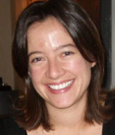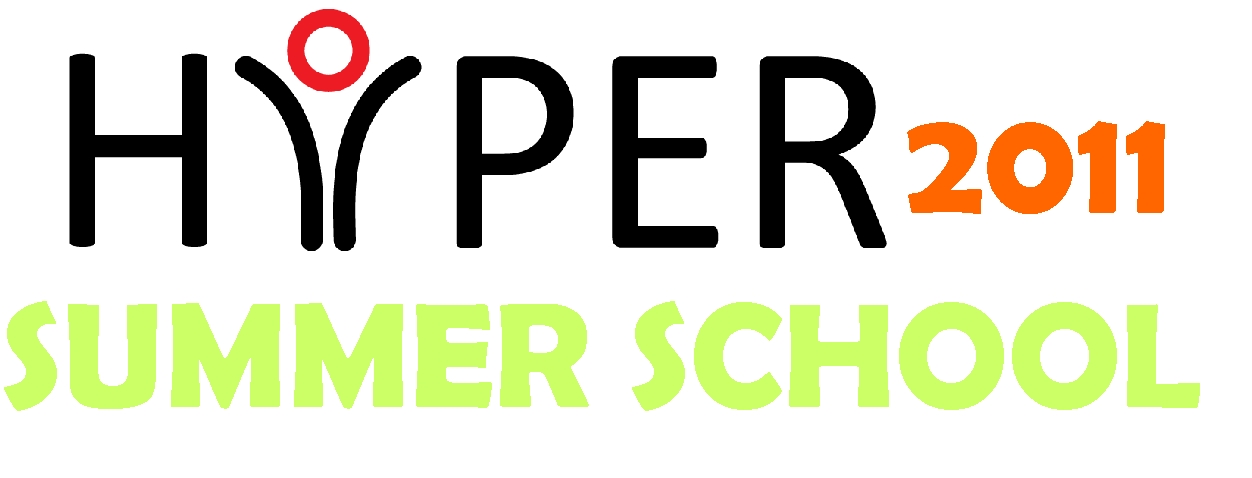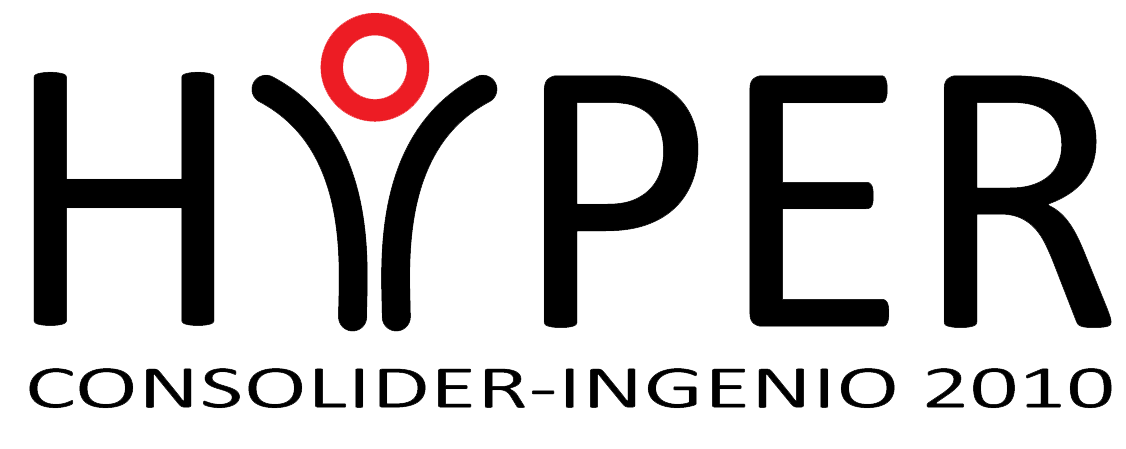Speakers (confirmed)
This list will be updated periodically| |
Dr. Jonathan R. Wolpaw Laboratory Chief and Professor. Wadsworth Center. New York State Dept of Health and State Univ of New York Over the past 30 years, Dr. Wolpaw's laboratory has developed and used operant conditioning of spinal reflexes as a model for defining the plasticity underlying learning. His group’s recent work shows that reflex conditioning can guide spinal cord plasticity in spinal cord-injured rats and can thereby improve locomotion. Clinical researchers are now finding evidence that such conditioning can improve locomotion in people with partial spinal cord injuries. For the past 20 years, Dr. Wolpaw has also led development of EEG-based brain-computer interface (BCI) technology to provide non-muscular communication and control to people who are paralyzed. Most recently, his group has begun to provide BCI systems to severely disabled people for daily use in their homes. |
| |
Dr. Metin Akay University of Houston, USA Metin Akay received his B.S. and M.S. in Electrical Engineering from the Bogazici University, Istanbul, Turkey in 1981 and 1984, respectively and a Ph.D. degree from Rutgers University in 1990. He is currently the founding chair of the new Biomedical Engineering Department and the John S. Dunn professor of biomedical engineering at the University of Houston. He has played a key role in promoting biomedical education in the world by writing and editing several books, editing several special issues of prestigious journals, including the Proc of IEEE, and giving several keynote and plenary talks at international conferences, symposiums and workshops regarding emerging technologies in biomedical engineering. He is also the founder director of the US-Turkey Advanced Institute on Healthcare, sponsored by the NSF and endorsed by the NAE. |
| |
Dr. Etienne Burdet Department of Bioengineering, Imperial College London, UK Dr. Etienne Burdet is Reader in Human Robotics at Imperial College London. He has obtained a M.S. in Mathematics in 1990, a M.S. in Physics in 1991, and a Ph.D. in Robotics in 1996, all from ETH-Zurich. He was a postdoctoral fellow with Ted Milner (McGill, Canada), Ed Colgate (Northwestern, USA) and Mitsuo Kawato (ATR, Japan), between 1996 and 1999, where he did research in neurophysiology and Human-robot Interaction, and Assistant Professor in Robotics at the National University of Singapore from 1999 to 2004. He was invited Professor at NUS from 2005 to 2009, and at Paris VI from 2009 to 2011. Dr. Burdet does research around his interest in human-machine interaction. He is using an approach integrating neuroscience and robotics to: i) investigate human motor control and ii) design efficient assistive devices and virtual reality based training for rehabilitation and surgery. |
| |
Prof. William Harwin Professor of interactive and human robotics at the University of Reading, School of Systems Engineering. Professor William S Harwin is a Reader and Head of the Cybernetics Research Group at the University of Reading, Department of Cybernetics where his research interests encompass the interfaces between humans and smart machines as typified by haptic devices, and medical and rehabilitation robots. His research interest are in robot, haptics and the human system. Research includes medical and rehabilitation robots, and neuro-muscular modelling, robots for stroke rehabilitation, haptic interfaces with multi touch and with large range of movements at high speeds, Robot dynamics, control and cognition. |
| |
Dr. Marco Molinari Fondazione Santa Lucia, Italy Dr. Marco Molinari (Neurologist, Physical medicine and rehabilitation specialist, PhD in Neuroscience) is the Director of Neurorehabilitation Clinical Unit A and of Experimental Neurorehabilitation Lab from the Fondazione Santa Lucia, Rome. Neurorehabilitation clinical unit A is a clinical ward devoted to neurological rehabilitation in which subacute stroke patients receive a complete multidisciplinary rehabilitative treatment. Dr. Molinari is author of over 100 articles published on indexed journals, he is associated editor of Brain Research Bulletin and The Cerebellum. His research has been always focused on brain plasticity mechanisms and functional recovery both at basic science and clinical levels. |
| |
Dr. Eduardo Fernández University of Elche, Spain Professor of Cellular Biology, Chairman of the Department of Histology and Anatomy in the University Miguel Hernández (Spain) and Director of the Neuroengineering and Neuroprosthesis Unit at the Bioengineering Institute. He received a M.D. degree from the University of Alicante (1986) and a Ph.D. in Neuroscience with honors in 1990. He has been visiting professor at the University of Utah (USA), University of Oldenburg (Germany), Beth Israel Medical Deaconess Center (USA) and University of Vienna (Austria). His research interests is in developing solutions to the problems raised by interfacing the human nervous system and on this basis develop a two-way direct communication with neurons and ensembles of neurons. He is actively working on the development of neuroprostheses and brain-machine interfaces. |
| |
Dr. Ilse Jonkers Katholieke Universiteit Leuven, Belgium Her research topics are: Three-dimensional movement analysis of lower and upper limb – integrated gait analysis – surface EMG during gross motor function (gait, sprinting, cycling, reaching), Kinematic modeling of the lower limb (including the foot-ankle complex) as well as upper limb, Musculoskeletal modeling of the lower and upper limb, Inverse dynamic simulations of gait (including calculation of individual muscle forces using static optimization), Muscle activation driven forward simulation of gait, Medical imaging techniques based, personalized musculoskeletal modeling of the lower limb, Robot assisted rehabilitation. |
| |
Dr. Thierry Keller Tecnalia, Spain Dr. Keller is the head of the Rehabilitation department in the Health Technologies unit of Tecnalia Research & Innovation, the largest private research center in Spain. The main activities of the Rehabilitation department are to investigate, innovate and develop new technologies for ageing and disability. Focuses are in rehabilitation and prevention on novel enabling technologies for rehabilitation robotics, tele-rehabilitation, technologies for physical and cognitive prevention, and non-invasive neuroprostheses. Dr. Keller is principal investigator of several national and international projects and coordinator of the EU COST action TD1006: European Network on Robotics for NeuroRehabilitation. Dr. Keller is member and board director of the International Functional Electrical Stimulation Society (IFESS), member of IEEE EMB Society, and member of the IFESS Upper Limb Assessment Group. |
| |
Dr. Silvestro Micera ARTS and CRIM Labs, Scuola Superiore Sant'Anna, Pisa, Italy Dr. Micera is an author of more than 40 ISI scientific papers and several international and Italian patents on neural interfaces and robotic systems for rehabilitation. He is a Senior Member of the IEEE Engineering in Medicine and Biology, and Robotics and Automation Societies and a member of the International Society for Gerontechnologies (ISG). He is member of the Editorial Board of the Journal of Neuroengineering and Rehabilitation. Since 2008 Dr. Micera is also Co-Chair of the Technical Committee on Rehabilitation & Assistive Robotics of the IEEE Robotics and Automation Society. He is currently an Associate Editor of IEEE Transactions on Biomedical Engineering and of IEEE Transactions on Neural Systems and Rehabilitation Engineering. |
| |
Dr. Paolo Bonato Spaulding Rehabilitation Hospital, Boston, USA Dr. Bonato is Senior Member of the IEEE, IEEE EMBS AdCom member, and and VP of the International Society of Electrophysiology and Kinesiology. He is Founder and Editor‐in‐Chief of Journal on NeuroEngineering and Rehabilitation and Associate Editor of IEEE Transactions on Neural Systems and Rehabilitation Engineering and IEEE Transactions on Information Technology in Biomedicine. His research work includes wearable technology and its applications in physical medicine and rehabilitation, electromyography, and biomechanics of movement. He has developed intelligent signal processing tools for investigating problems in neurophysiology and artificial intelligence systems for the analysis of data recorded using wearable sensors. |
| |
Mr. Freygardur Thorsteinsson OSSUR, Iceland Mr. Freygardur Thorsteinsson is a project manager in the R&D department. He got his B.Sc. and B.Sc.Hons. degree in chemistry from the University of Iceland and earned his M.Sc. degree in chemical engineering at the Technical University of Denmark in Copenhagen. He worked as a material scientist at the Technological Institute of Iceland for 10 years before joining Ossur in summer 1999 as material expert. He has been leading Ossur’s part in several international research projects, most of them funded by different Framework Programmes of the EU. Mr. Thorsteinsson has also been active in work on testing and standards and he served 8 years on the board of Eurolab Iceland, thereof 2 years as chairman. He is currently a member of ISO/TC 168/WG 3 working group on testing standards in prosthetics. |
| |
Dr. Romulo Fuentes Instituto Internacional de Neurociência de Natal, Brazil Dr. Romulo Fuentes is a Biochemist (2000) and PhD in Biomedical Sciences (2005) both degrees from University of Chile. He did a postdoc at Duke University where he worked on basic research directed to develop semi-invasive methods of electrical stimulation as treatment for motor diseases. In 2010 Dr. Fuentes moved to Natal-Brazil to continue his line of research at the Edmond and Lily Safra International Institute of Neuroscience (ELS-IINN), where he is Scientific Director since 2011. |
| |
Dr. Lee E. Miller Edgar C. Stuntz Distinguished Professor of Neuroscience. Professor in Physical Medicine and Rehabilitation. Northwestern University, Chicago, USA Dr. Miller’s experimental work have for many years, focused on neural coding in the motor systems and the fundamental relation between neuronal discharge and muscle activity during arm and hand movements. Recently his lab has become involved in the field of Brain Machine Interfaces (BMI) which promise medical applications of the basic research he has been doing. Dr. Miller has published dozens of articles and book chapters on brain machine interfacing and on his ongoing efforts to achieve a better understanding of the sensory and motor signals in the brain that underlie normal movement. |
 |
Dr. Belinda Lange Institute for Creative Technologies. University of Southern California, Los Angeles, USA Dr. Belinda Lange, received her PhD and degree in Physiotherapy (Honors) from the University of South Australia and her Science Degree from Flinders University. She is a Senior Research Associate at the Institute for Creative Technologies and Research Assistant Professor in the School of Gerontology at the University of Southern California. Dr. Lange research interests involve the use of interactive video game and virtual reality technologies for cognitive assessment, motor rehabilitation, exergaming, postoperative exercise, and virtual human character interactions. |
| |
Prof. W. Zev Rymer Northwestern University, Chicago, USA Prof. Rymer received the M.B.B.S. degree from Melbourne University, Australia, in 1962. After residency training in internal medicine and neurology, he returned to graduate training and received the Ph.D. degree in neurophysiology from Monash University, Australia. After postdoctoral training at the National Institutes of Health and Johns Hopkins University Medical School, Baltimore, MD, he became an Assistant Professor of Neurosurgery and Physiology at the State University of New York, Syracuse. In 1978, he became an Assistant Professor of Physiology at Northwestern University Medical School, Chicago, IL. He now holds the John G. Searle Chair in Rehabilitation Research and is Vice President for Research at the Rehabilitation Institute of Chicago, while also holding appointments as Professor of Physiology and Biomedical Engineering at Northwestern University and at Hines VA, Hines, IL. He is also Director of the Medical Biomechanics Program at Northwestern University Medical School. His laboratory receives support from the National Institutes of Health, the Department of Education (NIDRR), and the Veterans Administration. |
| |
Dr. Ángel Gil Hospital Nacional de Parapléjicos de Toledo, Spain Medical Doctor and Ph.D degree obtained in the Faculty of Medicine, Universidad Complutense (Madrid, Spain) with a doctoral thesis about manual wheelchair propulsion ergonomics in spinal cord injury patients (2009). Clinical practice in different hospitals since 1993 as Physical Medicine and Rehabilitation specialist. Researcher from 1994 to 1996 in Institute of Biomechanics in Valencia (IBV). Coordinator of Biomechanics and Technical Aids Department in National Hospital for Spinal Cord Injury (Toledo, Spain) since 2005. Current research focuses on the application of biomechanics to the development of systems based on virtual reality for upper limb rehabilitation treatment and the development of neuro-robotic and neuro-prosthetics to compensate or restore movement disorders. Coordinator of the scientific committee of the Spanish Federation for Disabled Sports from 1998 to 2004. |
| |
Dr. Jeffrey A. Reinbolt (OpenSim workshop) Assistant Professor. University of Tennessee, USA Dr. Reinbolt received his PhD in Mechanical Engineering from the University of Florida in 2006. He is Assistant Professor in The University of Tennessee from 2009. Dr. Reinbolt research interest are Development of computational tools and their application to complex biodynamic systems, Forward dynamics simulation-based treatment planning (to yield more reliable outcomes), Patient-specific modeling (beyond basic scaling methods), Inverse dynamics simulation (to predict novel movements), Optimization techniques (for system identification problems), Surgical robotics (for minimally invasive surgery) and Clinical feasibility and investigative studies (for product development). |
| |
Dr. Jennifer Hicks (OpenSim workshop) OpenSim Project Manager. Stanford University, USA Dr. Hicks received her PhD and degree in Mechanical Engineering from the Stanford University. She is broadly interested in the use of motion analysis and computer modeling to improve the treatment of gait pathologies. She is currently working on a project to determine the effect of tibial torsion on crouch gait and stiff knee gait in CP patients. |


